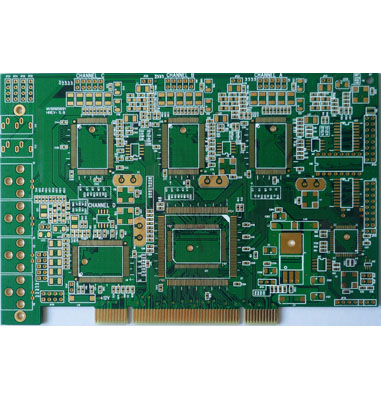 +86 755 2794 4155
+86 755 2794 4155  sales@knownpcb.com
sales@knownpcb.com
-
Shenzhen KNOWNPCB Technology Co., Ltd.
 +86 755 2794 4155
+86 755 2794 4155  sales@knownpcb.com
sales@knownpcb.com
 2023-12-18
2023-12-18
 978
978

① Hole wall copper thickness: A 25 micron hole wall copper thickness effectively enhances the reliability of PCB boards and improves the Z-axis expansion resistance.
② No welding/patching repair: Perfect for no welding repair and open circuit patching repair, which can effectively ensure the reliability and safety of circuit boards.
③ IPC specifications: For some manufacturers of high-end and high-quality PCB circuit boards, exceeding IPC specifications for cleanliness can not only improve customer satisfaction and trust, but also gain a certain influence in the industry.
④ Service life: Strictly control the surface treatment of each type of PCB circuit board to ensure its solderability and reliability meet industry standards, and reduce the risk of moisture intrusion.
⑤ Substrate: According to the company's positioning standards, select internationally renowned boards to improve product reliability and known performance.
⑥ Ink: Ensure that the solder mask material used complies with the IPC-SM-840ClassT standard, ensuring that the ink color is bright and glossy under high temperature baking.
⑦ Tolerance: Strictly control various tolerances of PCB boards, such as board thickness tolerance, line width and moment tolerance, aperture tolerance, etc. Strictly controlling various tolerances can greatly improve product quality.
⑧ Plug hole depth requirement: High quality circuit boards have strict requirements for plug hole depth and no minor issues are allowed.
⑨ Confirm each order information: NCAB implements specific approval and ordering procedures for each purchase order to ensure that each PCB information sent matches the file name, and repeatedly verifies to avoid problems.

Or call +86 755 2794 4155
Inquiry Now

